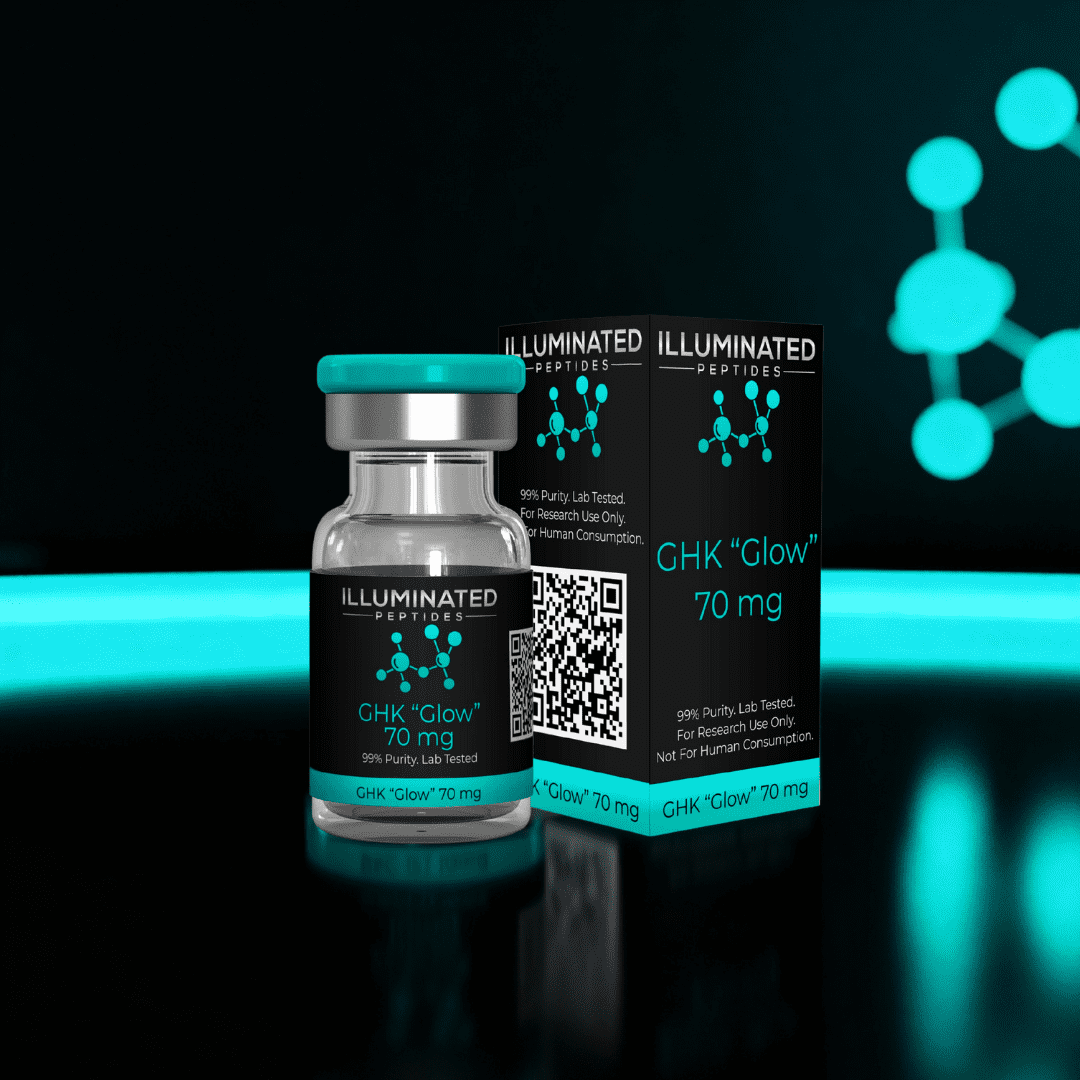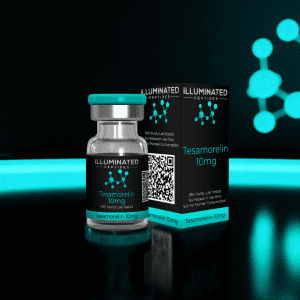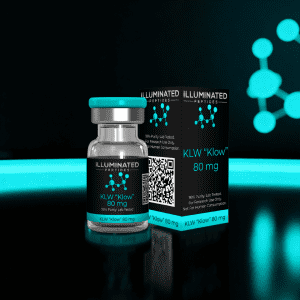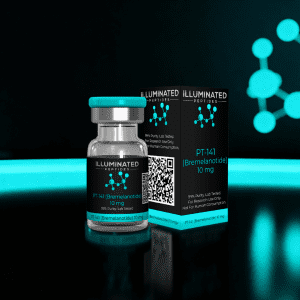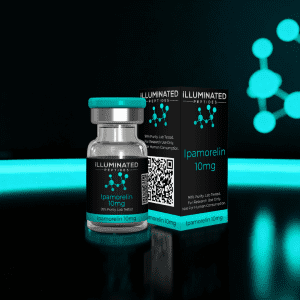Description
GHK “Glow”
GHK “Glow” is a research peptide formulation investigated for its role in supporting skin renewal, repair, and overall appearance. It contains GHK-Cu (Copper Tripeptide-1), a naturally occurring tripeptide made up of glycine, histidine, and lysine (Gly-His-Lys) bound with copper, widely recognized for its regenerative and protective properties. GHK “Glow” has been studied for its ability to aid tissue restoration, improve skin firmness and elasticity, and provide antioxidant defense at the cellular level.
GHK “Glow” Structure
Sequence: Gly-His-Lys
Molecular Formula: C14H22CuN6O4
Molecular Weight: 401.9 g/mol
CAS Number: 89030-95-5
PubChem CID: 73587
GHK “Glow” Research
GHK “Glow” and Skin Healing
GHK “Glow,” containing the tripeptide GHK-Cu (Copper Tripeptide-1), is studied for its potential in skin repair and regeneration. Research shows that GHK-Cu helps regulate collagen, glycosaminoglycans, and other extracellular matrix components, supporting improvements in skin elasticity, firmness, and resilience.
Preclinical findings suggest that GHK “Glow” may enhance visible skin quality by reducing UV-induced damage, minimizing hyperpigmentation, and softening fine lines and wrinkles. Laboratory studies demonstrate that GHK-Cu application can improve skin density, texture, and smoothness, making GHK “Glow” a promising subject of skin health research.
Animal studies further indicate that GHK “Glow” can accelerate wound closure and improve tissue remodeling. It supports angiogenesis, fibroblast proliferation, and keratinocyte migration, which together contribute to faster healing and higher quality of regenerated tissue.
GHK “Glow” and Antimicrobial Activity
In wound healing research, microbial infection is a key factor that delays recovery. GHK “Glow” has shown antimicrobial activity, reducing bacterial and fungal growth in experimental settings. This effect is particularly relevant in studies of impaired healing models such as diabetes or immunosuppression.
Preclinical investigations into chronic wounds suggest that GHK “Glow” can improve closure rates and lower infection risk compared with controls. These findings highlight its value for research into difficult-to-heal conditions, including diabetic ulcers and ischemic injuries.
GHK “Glow” and Nervous System Support
Beyond tissue and skin repair, GHK “Glow” may provide neuroprotective benefits. Studies indicate that GHK-Cu plays a role in neuronal survival and synaptic restoration. High concentrations have been detected in brain regions linked to learning and memory, pointing to its relevance in experimental cognition studies.
Research suggests that GHK “Glow” may reduce neuroinflammation, promote axonal outgrowth, and support stress-response pathways. These effects could contribute to slowing neurodegenerative processes in preclinical models. One proposed mechanism involves gene expression modulation that enhances cell survival and fosters regeneration of neuronal connections.
GHK “Glow” and Chemotherapy Protection
Experimental research has examined GHK “Glow” for its ability to counteract oxidative stress and tissue injury, such as those caused by chemotherapy. Findings suggest it may reduce inflammation and fibrosis in organs like the lungs by regulating cytokine activity and tissue remodeling.
These protective actions are under investigation for their potential to improve recovery and minimize long-term tissue damage in laboratory models, positioning GHK “Glow” as a compound of interest in supportive care research.
GHK “Glow” and Pain Modulation
GHK “Glow” has also been evaluated for its potential role in pain management. Preclinical data indicate analgesic activity in chronic and neuropathic pain models. Mechanisms may include modulation of inflammatory mediators and interactions with pain-regulating receptor pathways.
Studies show that GHK “Glow” can lower pain sensitivity and improve recovery outcomes after tissue injury, making it an important candidate for research into inflammatory and neuropathic pain regulation.

